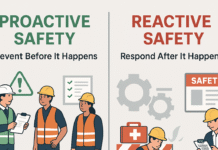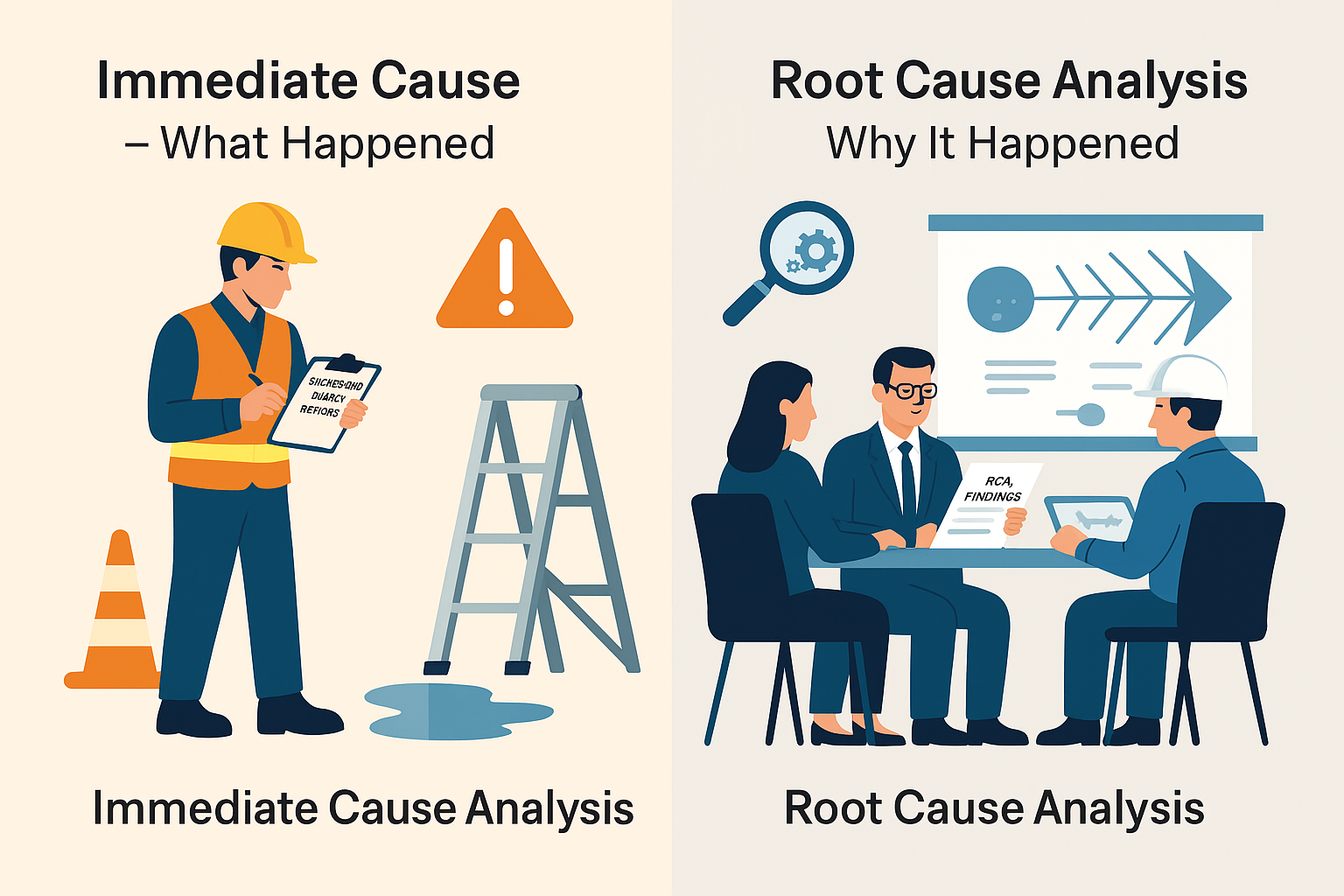
World Day for Safety and Health at Work 2024
Introduction
World Day for Safety and Health at Work, observed annually on April 28th, highlights the importance of creating safe and healthy workplaces for all. In 2024, the focus shifts towards addressing the impact of climate change on workers’ safety and health.
History and Significance
Established by the International Labour Organization (ILO) in 2003, World Day for Safety and Health at Work aims to promote the prevention of occupational accidents and diseases globally. It honors the victims of workplace incidents and underscores the need for proactive measures to ensure workplace safety.
Theme for 2024
The theme for World Day for Safety and Health at Work 2024 is “Ensuring Safety and Health at Work in a Changing Climate.” This theme highlights the urgent need to address the impact of climate change on workplace safety and health.
Impact of Climate Change
Climate change poses significant risks to workers’ safety and health. Extreme weather events, such as heatwaves, storms, and floods, can increase the likelihood of workplace accidents and injuries. Moreover, prolonged exposure to rising temperatures can lead to heat-related illnesses among outdoor workers.
Measures to Ensure Safety and Health
To mitigate the impact of climate change on workplace safety and health, organizations must implement proactive measures. This includes conducting risk assessments, providing adequate training on climate-related hazards, and developing emergency response plans.
Importance of Adaptation and Resilience
Adaptation and resilience are key to addressing climate-related workplace risks. Employers need to invest in infrastructure and technology that can withstand extreme weather events and ensure the safety of workers in changing environmental conditions.
Government and Corporate Responsibility
Governments and corporations have a shared responsibility to protect workers from climate-related hazards. This includes enacting policies and regulations that promote climate resilience in the workplace and integrating sustainability principles into business practices.
Promoting Awareness and Education
Raising awareness about climate-related workplace risks is essential. Employers should provide training and educational resources to help employees recognize and respond to climate-related hazards effectively.
Collaboration and International Efforts
Addressing climate-related workplace risks requires collaboration and cooperation at the national and international levels. Governments, employers, trade unions, and civil society organizations must work together to develop and implement effective strategies.
Conclusion
As we commemorate World Day for Safety and Health at Work 2024, let us reaffirm our commitment to addressing climate-related workplace risks. By taking proactive measures, fostering resilience, and promoting collaboration, we can create safer and healthier workplaces for all.
Heat Exhaustion Symptoms Next Day
How Long Does Heat Exhaustion Last
What are the First Signs of Heat Exhaustion
FAQs
- What is the theme for World Day for Safety and Health at Work 2024? The theme for 2024 is “Ensuring Safety and Health at Work in a Changing Climate,” focusing on addressing the impact of climate change on workplace safety and health.
- What are some climate-related workplace hazards? Climate-related workplace hazards include extreme heat, storms, floods, wildfires, and air pollution, which can pose risks to workers’ safety and health.
- How can employers mitigate climate-related workplace risks? Employers can mitigate climate-related workplace risks by conducting risk assessments, providing training on climate-related hazards, developing emergency response plans, and investing in technology solutions.
- What is the role of governments and corporations in addressing climate-related workplace risks? Governments and corporations have a responsibility to enact policies and regulations that promote climate resilience in the workplace and integrate sustainability principles into business practices.
- How can collaboration and international efforts help address climate-related workplace risks? Collaboration and international efforts involving governments, employers, trade unions, and civil society organizations are essential for developing and implementing effective strategies to address climate-related workplace risks.
























